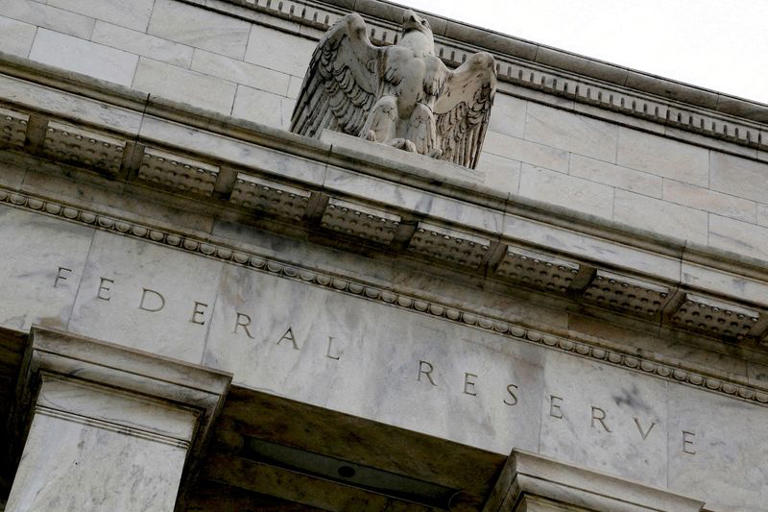The U.S. Federal Reserve is poised to disclose the outcomes of its annual bank stress tests on Wednesday at 4:30 p.m. ET (2030 GMT). These stress tests are a pivotal regulatory exercise designed to assess the resilience of large banks against severe economic downturns, utilizing hypothetical scenarios that are adjusted annually to reflect potential systemic risks.
Initially introduced in the aftermath of the 2007-2009 financial crisis, these stress tests have evolved into a critical tool for ensuring the stability of the banking sector. At their inception in 2011, major banks like Citigroup, Bank of America, JPMorgan Chase & Co, and Goldman Sachs encountered challenges, needing to adjust their capital plans to meet regulatory standards. Even Deutsche Bank’s U.S. subsidiary faced multiple failures in subsequent years.
Over time, banks have honed their strategies and risk management frameworks in response to these tests, while the Fed has enhanced transparency by moving away from a binary “pass-fail” outcome in 2020. Instead, the current regime assesses each bank’s ability to maintain a minimum capital ratio of 4.5% under adverse conditions, with larger institutions subject to additional capital requirements known as the “G-SIB surcharge.”
A pivotal aspect of the stress test is the determination of each bank’s “stress capital buffer,” an extra layer of capital calculated based on projected losses during the hypothetical economic downturn scenario. The size of this buffer directly correlates with the severity of projected losses, providing a cushion against financial stress.
Following the release of results, typically after market hours, the Fed discloses aggregate industry losses and detailed individual bank assessments, including performance across various portfolios such as credit cards and mortgages. Banks are then prohibited from announcing dividend increases or share buybacks until several days after the results are publicized, ensuring financial stability and regulatory compliance.
The scrutiny of major financial institutions like JPMorgan, Citigroup, Wells Fargo & Co, Bank of America, Goldman Sachs, and Morgan Stanley remains paramount, as their performance in the stress tests influences market sentiment and regulatory confidence. Investors closely watch these outcomes, anticipating implications for capital returns and overall financial health.
This year’s stress test scenario, consistent with 2023, includes challenges like a significant rise in unemployment and a steep decline in commercial real estate prices, reflecting ongoing economic concerns such as pandemic-related office vacancies and fluctuating interest rates. Additionally, banks with substantial trading operations will be stress-tested against global market shocks and counterparty failures.
The Fed’s inclusion of “exploratory” shocks this year aims to expand the tests’ scope, assessing potential vulnerabilities beyond standard scenarios. This iterative approach underscores the Fed’s commitment to refining stress test methodologies to better detect weaknesses and bolster overall financial resilience in the banking sector.
In 2024, the stress tests encompass 32 banks, expanded from 23 the previous year, encompassing institutions with assets ranging from $100 billion to over $2 trillion. This broader scope reflects ongoing efforts to maintain vigilance over systemic risks and ensure the robustness of the U.S. banking system amidst evolving economic landscapes.
As financial markets await the Fed’s announcement, the outcomes of these stress tests will not only shape investor expectations but also inform regulatory priorities aimed at safeguarding financial stability and bolstering confidence in the banking sector.
